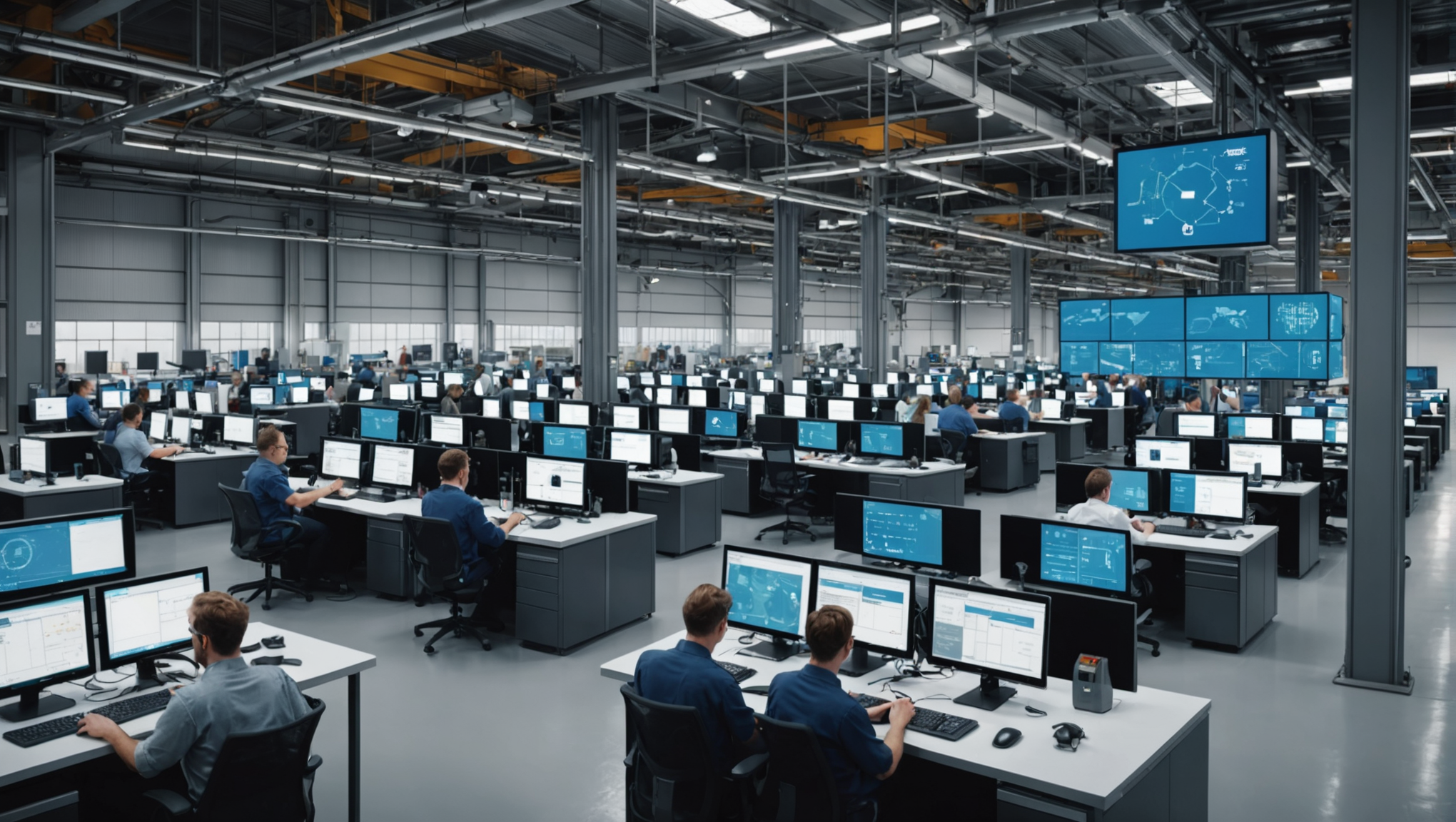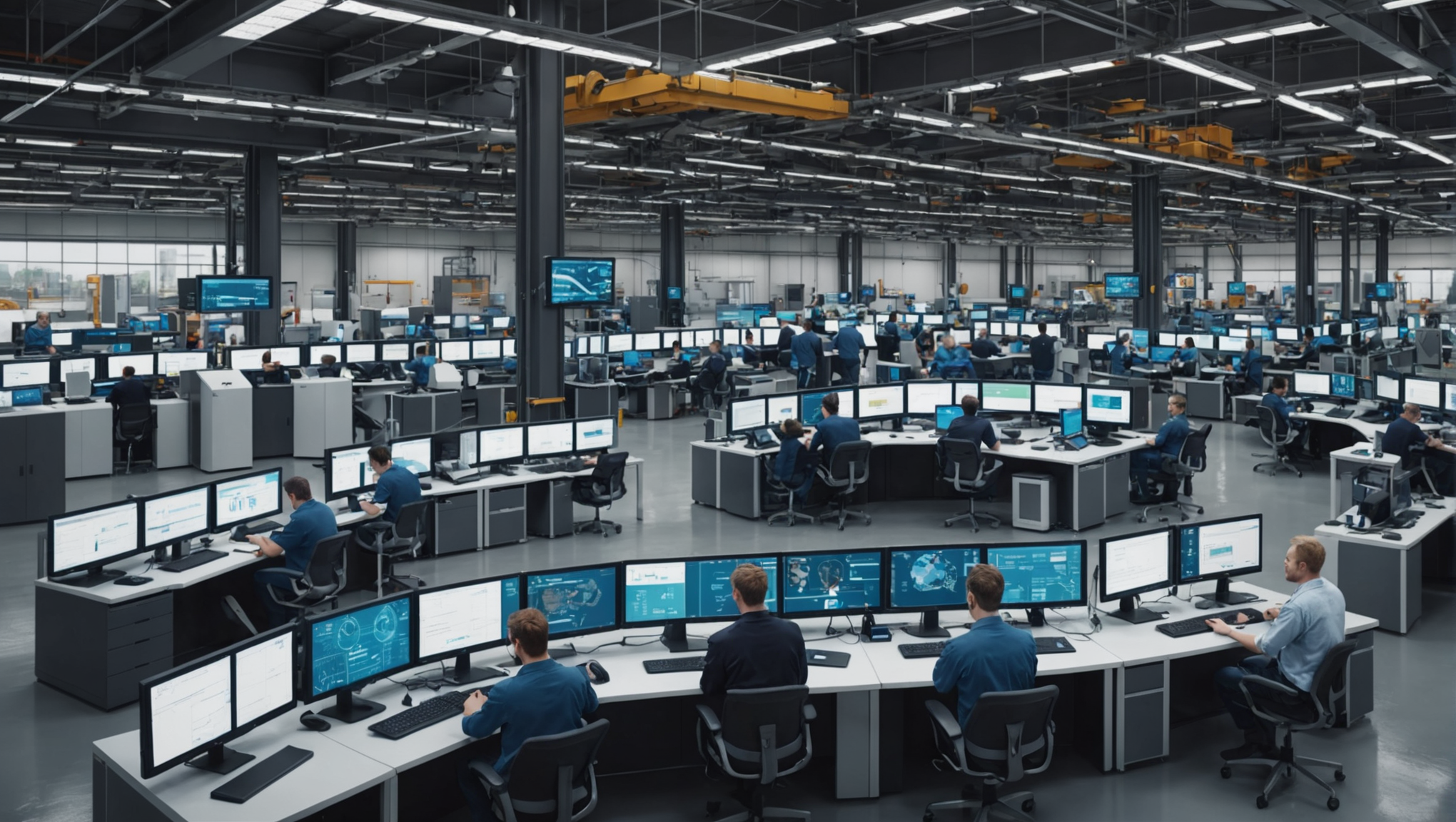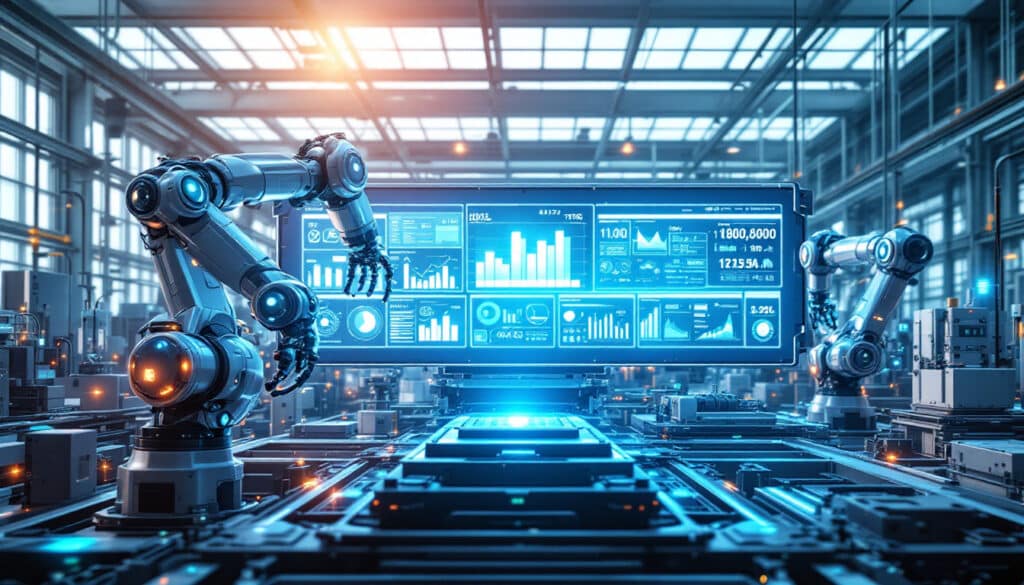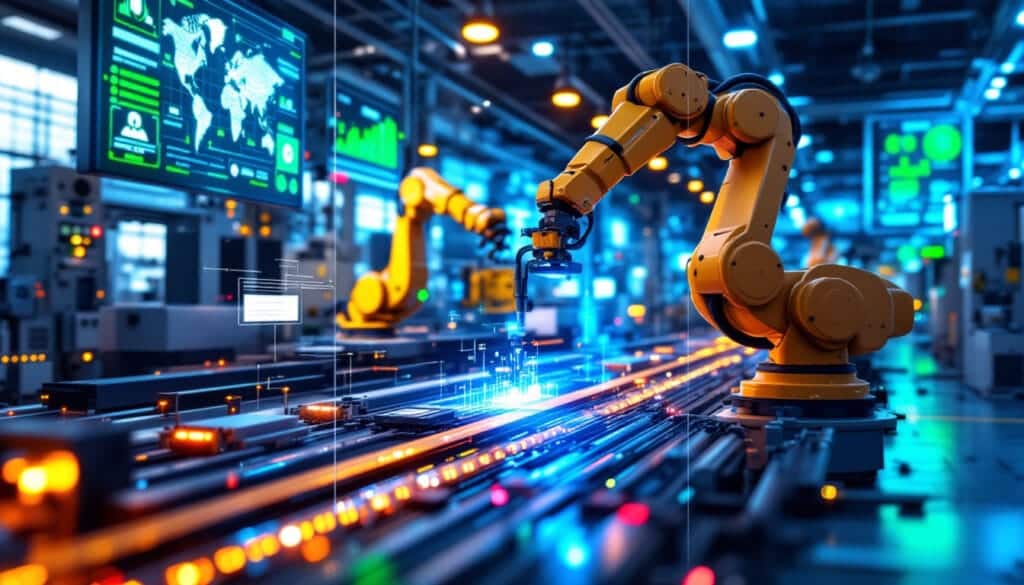In a universe of increasingly connected productions, the Industrial Internet of Things (IIoT) stands as the catalyst for an unavoidable technological revolution. Imagine a factory where every machine, device, and sensor communicates in real-time; where production lines are no longer isolated entities, but a harmonious ensemble of interconnected elements acting in synergy to optimize every step of the process. This ambitious challenge becomes reality thanks to the advancements of IIoT, transforming the way companies design, monitor, and refine their operations.
The smart storage applications and predictive maintenance enable unprecedented resource management, reducing waste and promoting the optimal use of machines. The real-time analysis of collected data paves the way for informed decisions, ensuring responsiveness to market challenges. By integrating these disruptive technologies, organizations not only enhance their performance but also redefine their position in the current market. Embracing IIoT is choosing a path towards innovation, efficiency, and sustainability in the industrial landscape of the future.

The rise of the Industrial Internet of Things (IIoT) redefines how companies manage their operations from new perspectives. This phenomenon has optimized manufacturing processes, making factories smarter and more connected. By integrating sensors, devices, and analytical technologies, companies are embarking on the path of unprecedented efficiency. According to recent market reports, the IIoT sector is expected to reach a value of $263 billion by 2027, illustrating the growing interest in this technology.
Table des matières
ToggleThe tangible benefits of IIoT: case studies and statistics
The practical applications of IIoT reveal striking results. Take the example of Schneider Electric, which integrated IIoT solutions into its procurement processes. Through this initiative, they improved their operational efficiency by 30% in a few months. By deploying sensors and using advanced analytical systems, they reduced equipment maintenance time and optimized inventory management. These improvements translate into significant savings, confirming the importance of adopting IIoT.
Another interesting study concerning General Electric shows that the company was able to achieve energy savings of 10% to 20% through the analysis of data collected by their connected industrial equipment. By monitoring machines and processes in real-time, they could identify inefficiencies and react quickly. These concrete examples highlight not only the economic benefits but also the importance of rapid adaptation to the challenges of modern industry.
Internet industriel des Objets : journée d’information, d’échanges et de co-construction interne Keolis #IoTKeolis #KeolisDigital pic.twitter.com/6crtTo5fQr
— Keolis Group (@groupekeolis) January 19, 2017
Strategies for integrating IIoT into your value chain
To revolutionize your manufacturing processes, it is essential to adopt clear and targeted strategies. Here are some practical recommendations. First, start with a needs assessment. Identify the processes that could benefit the most from IIoT. Data collection and analysis should focus on relevant key performance indicators (KPIs).
Next, consider investing in suitable automation infrastructures. This includes implementing sensors, analytical software, and robust IoT platforms. Collaboration with cybersecurity experts is also crucial to protect connected data and equipment, as illustrated by the partnership between Nokia and Rockwell Automation for the implementation of an industrial 5G network.
Furthermore, continuous training for employees is essential. Team members’ capabilities must be adapted to the use of new technologies, thereby strengthening the culture of innovation within the company. Involve stakeholders from the outset of the process and incorporate their feedback into the deployment strategy.
Finally, stay alert to emerging trends in Industry 4.0. Closely follow market developments and technological innovations. This will allow you not only to optimize your current operations but also to anticipate future needs. By adopting a proactive approach, you will position yourself as a key player in your market.
To deepen your knowledge of IIoT and Industry 4.0, consult resources such as this analysis report or articles on the impacts of artificial intelligence on IIoT.

FAQ
What is the Industrial Internet of Things (IIoT)? IIoT refers to the interconnection of devices and machines in the industrial sector, enabling real-time data collection and analysis to improve process efficiency.
How can IIoT optimize production? Through real-time monitoring and data analysis, companies can adjust their operations, anticipate failures, and optimize the use of their resources.
What are the key applications of IIoT? Key applications include predictive maintenance, smart storage, and load control, which contribute to reducing costs and maximizing efficiency.
What role does artificial intelligence play in IIoT? Integrating artificial intelligence with IIoT allows for leveraging complex data to make better decisions, improve productivity, and innovate in industrial fields.
Why is IIoT crucial for Industry 4.0? IIoT is at the heart of Industry 4.0, as it facilitates interconnectivity among autonomous systems, thereby achieving previously unattainable performance levels.
What are the challenges associated with implementing IIoT? The main challenges include concerns about cybersecurity, the need for staff training, and integration with existing systems.
How can IIoT help reduce costs? By enabling better resource management, proactive maintenance, and continuous process improvement, IIoT helps to lower overall operational costs.
“`





